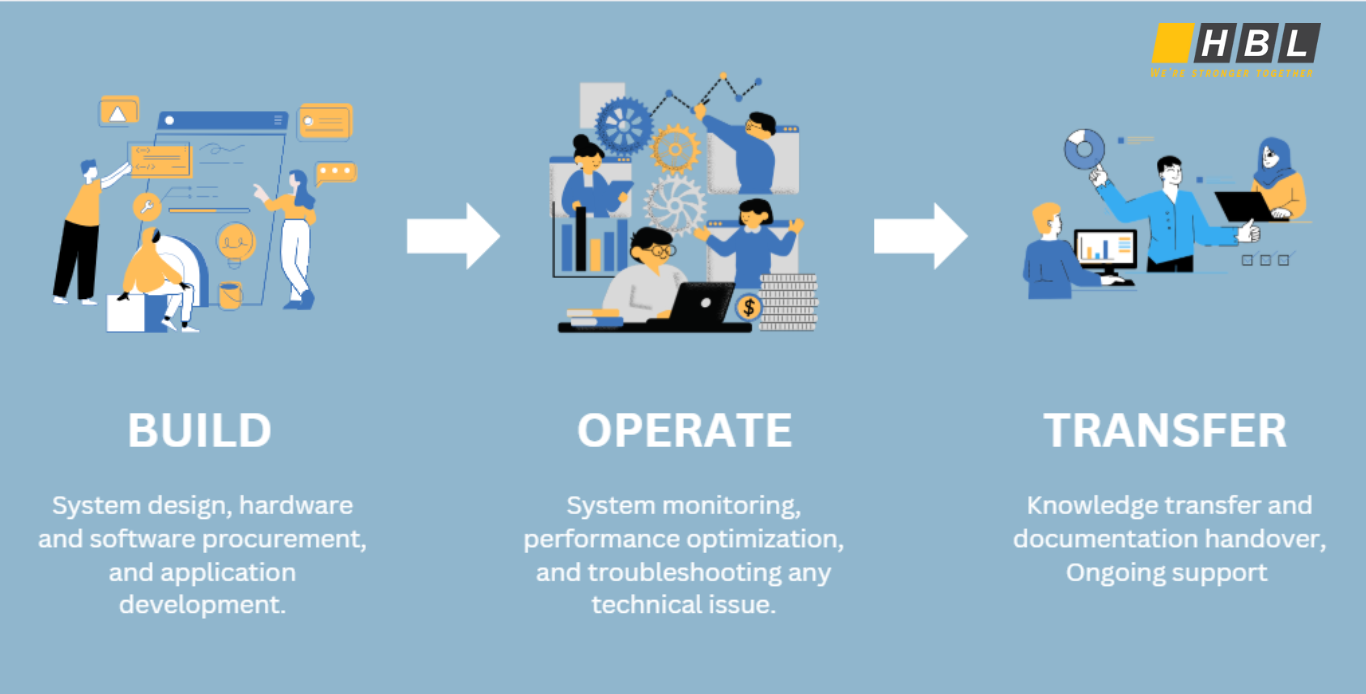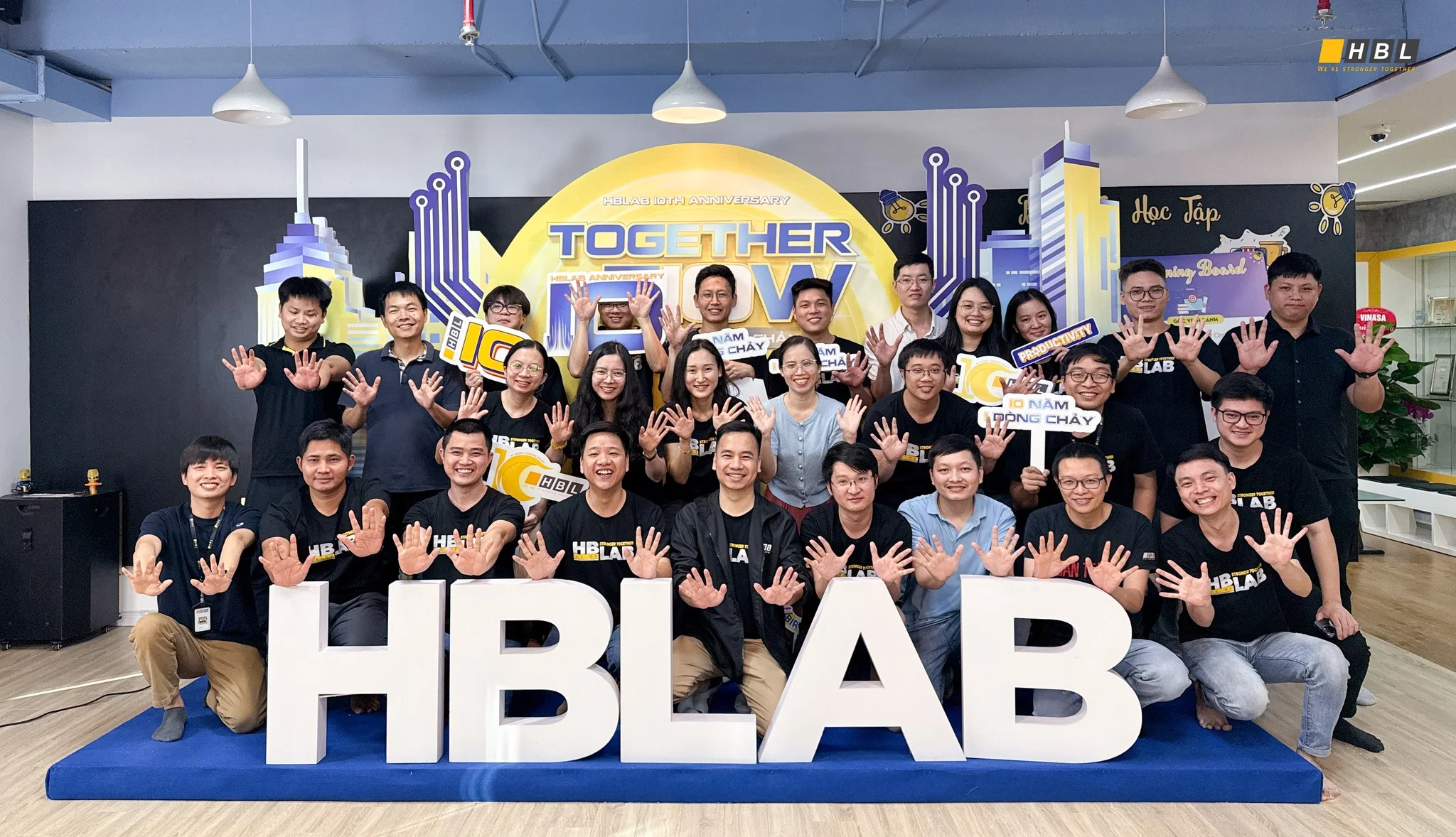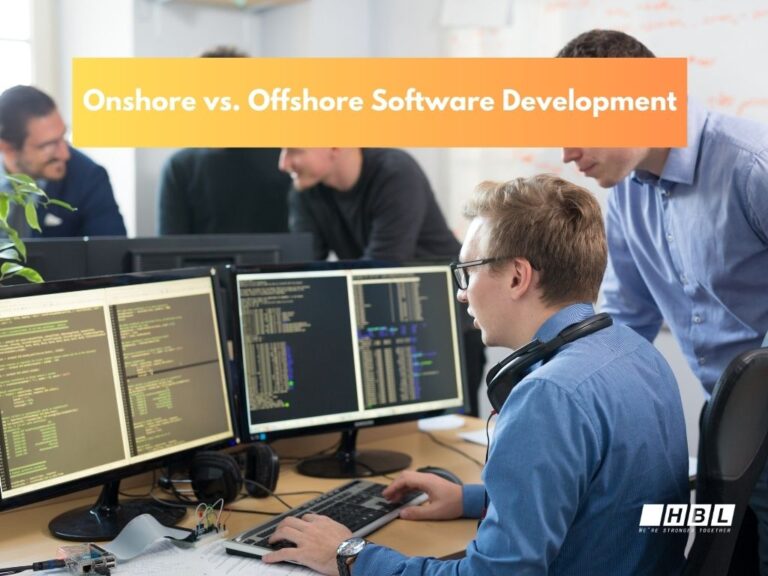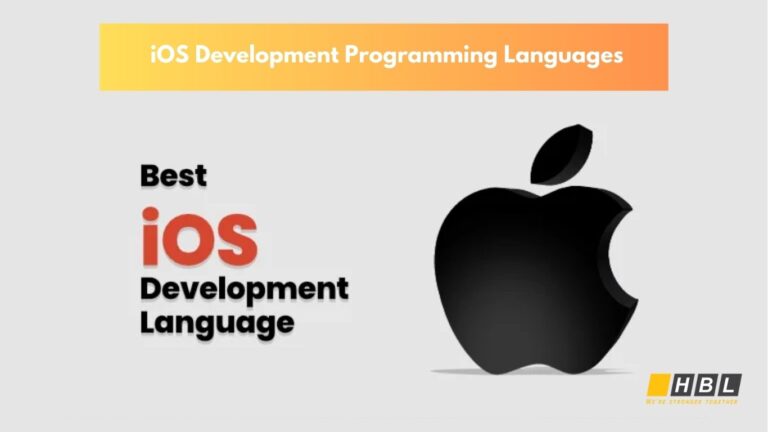Build operate transfer is transforming how businesses tackle large-scale projects—over 30% of global infrastructure initiatives now use this model to reduce risk, cut costs, and accelerate delivery. This innovative approach empowers businesses and governments to deliver transformative projects efficiently, leveraging private sector expertise and capital. This article explores the build operate transfer meaning, its framework, benefits, risks, global applications, and its growing relevance in outsourcing and IT, providing actionable insights for decision-makers worldwide.
What is Build Operate Transfer (BOT)?
The build operate transfer model is a project delivery method where a private entity finances, constructs, and operates a facility for a specified period before transferring ownership to the public sector or client. Commonly used in public-private partnerships (PPPs), the build-operate-transfer approach allows governments and businesses to address financial constraints while tapping into private sector innovation.
This model is particularly effective for large-scale projects, such as infrastructure or energy developments, where significant investment and expertise are required. By shifting initial costs and operational risks to private partners, BOT ensures efficient project delivery without straining public resources.
Core Phases of BOT
The build operate transfer framework is divided into three key stages:
- Build: In this initial phase, a private organization is responsible for designing and constructing the project, typically providing the necessary funding. It requires comprehensive planning, strategic allocation of resources, and strict compliance with the project’s technical and operational requirements.
- Operate: The private partner manages the facility for a set period, typically 20-30 years, to recover investments and generate profit. Operations are optimized to ensure efficiency and profitability.
- Transfer: Ownership is transferred to the public entity or client, including all assets, intellectual property, and operational knowledge, ensuring long-term benefits.
This structured approach makes bot build operate transfer ideal for projects requiring substantial upfront investment and long-term management.

Advantages of Build Operate Transfer
The advantages of build operate transfer make it a compelling choice for global businesses and governments:
- Cost Savings: Private financing reduces the financial burden on public budgets, allowing funds to be allocated elsewhere.
- Risk Transfer: Operational and financial risks shift to the private entity, protecting public stakeholders from potential losses.
- Expertise Access: Private partners bring specialized skills, advanced technologies, and global best practices.
- Efficiency: Streamlined project execution enhances operational performance, delivering projects on time and within budget.
- Scalability: BOT allows businesses to scale projects without diverting resources from core operations.
These benefits enable organizations to deliver impactful projects while maintaining financial flexibility. However, understanding the advantages & disadvantages of build operate transfer is essential for informed decision-making.
Why Businesses Choose BOT
Businesses opt for build operate transfer services to address complex project demands. For instance, BOT allows companies to leverage external expertise without long-term commitments, ensuring projects align with strategic goals. This model also fosters innovation by integrating cutting-edge technologies and management practices.
Challenges and Risks of BOT
Despite its strengths, the bot build operate transfer model presents challenges that require careful management:
- Cost Overruns: Unexpected expenses, such as delays or scope changes, can erode profitability for private partners.
- Dependency: Public entities or clients may rely heavily on private operators during the operation phase, limiting control.
- Transfer Complexities: Handing over assets, knowledge, and operations can be challenging, requiring meticulous planning to avoid disruptions.
- Regulatory Risks: Compliance with local regulations can complicate project execution, particularly in cross-border initiatives.
These risks highlight the importance of robust contracts and strategic partner selection to ensure project success.
Mitigating BOT Risks
To address these challenges, businesses can:
- Draft Clear Contracts: Define roles, responsibilities, and transfer terms upfront to avoid disputes.
- Select Reliable Partners: Choose providers with proven expertise and financial stability.
- Plan for Transfer: Establish a detailed handover process to ensure seamless transitions.
- Monitor Progress: Regularly assess project milestones to manage costs and timelines effectively.
By proactively addressing these risks, organizations can maximize the benefits of the build operate transfer model.
The Difference Between BOT and PPP
A common question is how build operate transfer BOT differs from traditional public-private partnerships PPPs? While BOT is a subset of PPPs, not all PPPs follow the BOT framework. Here’s a clear comparison:
- Scope: PPPs encompass various models, including BOT, concessions, and joint ventures, while BOT specifically involves building, operating, and transferring assets.
- Ownership: In BOT, ownership transfers to the public sector after the operation phase, whereas other PPP models may involve shared or permanent private ownership.
- Duration: BOT projects typically have a fixed operation period (20-30 years), while PPPs may have flexible timelines.
- Risk Allocation: BOT shifts most risks to the private partner during the operation phase, while other PPPs may distribute risks differently.
Understanding these distinctions helps businesses choose the right model for their projects.
Global Case Studies of BOT Success
The build operate transfer model has proven effective across diverse sectors, as demonstrated by these unique case studies:
Belgrade Wastewater Treatment Plant, Serbia
In Serbia, the Veliko Selo wastewater treatment plant is a landmark build operate transfer project. A consortium of SUEZ and VINCI Construction Grands Projets is building and operating a facility to treat 423,000 m³ of wastewater daily, serving 1.5 million people. Utilizing advanced technologies like biogas production and heat recovery, the project enhances environmental sustainability. After a 25-year operation period, the facility will transfer to Belgrade Waterworks and Sewage, showcasing BOT’s role in addressing critical infrastructure needs.
This project stands out for its environmental impact and use of cutting-edge technology, making it a model for sustainable infrastructure development.

Tanjung Jati B Power Plant, Indonesia
The Tanjung Jati B Power Plant expansion in Indonesia exemplifies build operate transfer in the energy sector. A consortium led by Sumitomo Corporation is developing two 1,000MW ultra-supercritical coal-fired units, supplying electricity to PT PLN for 25 years. Operational since 2022, the project meets growing energy demands while incorporating efficient technologies. Upon completion, ownership will transfer to the state, highlighting BOT’s long-term benefits.
This case underscores BOT’s ability to deliver large-scale energy projects with minimal public investment.
BOT in IT: A Growing Application
While traditionally applied to infrastructure, build operate transfer services are gaining traction in IT. Businesses engage providers to build and manage offshore development teams, digital platforms, or IT infrastructure, transferring assets and expertise after a set period. This approach supports digital transformation by:
- Leveraging Global Talent: Access skilled professionals without long-term commitments.
- Reducing Costs: Minimize upfront investments in IT infrastructure.
- Ensuring Scalability: Scale IT operations based on business needs.
Want to leverage build operate transfer services for IT? 🚀 Dive into our IT-focused BOT guide!
For example, a company might use BOT to establish a software development team, which is later integrated into their in-house operations, ensuring seamless knowledge transfer and operational continuity.
HBLAB – Trusted Partner in BOT Project Delivery
In an era where agility, efficiency, and scalability are critical to successful project delivery, HBLAB stands out as a trusted partner in build operate transfer services—delivering tailored solutions for large-scale projects. With proven expertise in project management and outsourcing, HBLAB enables organizations to:
- Accelerate Project Delivery: Streamline execution without compromising quality.
- Access Global Expertise: Leverage skilled professionals across industries.
- Optimize Costs: Utilize flexible engagement models to reduce expenses.
- Maintain Control: Ensure full oversight of workflows and deliverables.
- Protect Assets: Safeguard intellectual property with enterprise-grade measures.

From startups to enterprises, HBLAB has been a reliable partner in executing complex projects, helping businesses scale faster, innovate smarter, and deliver better.
👉 HBLAB – Your trusted partner in project delivery.
Contact us for a free consultation
Read more:
– Team Augmentation in Software Development: A Complete Guide to Building Agile, Scalable Teams
– Find Your Ideal Software Development Partner: A Guide to Unlocking Innovation and Growth




